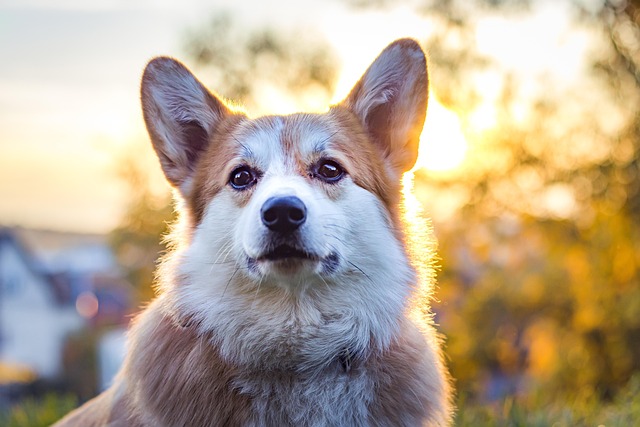
How do i train my dog to be obedient?
Watching your dog dart across the park ignoring your calls isn’t just frustrating—it can put them at risk near busy streets or public spaces.
When we joyfully welcome a dog, its agile eyes and lively posture instantly light up our lives. During the days spent with dogs, training them to learn some basic commands can not only make their behavior more standardized, but also deepen their understanding and trust with each other. Among them, "sit down" is a basic and practical command that teaches dogs to "sit down" and is a key to efficient communication with dogs.
Training a dog to sit down requires thorough preparation. Choosing a quiet and undisturbed environment is crucial. A noisy environment can easily distract a dog's attention, making it difficult to focus on training content. For example, you can choose a quiet corner of the living room at home and turn off devices that may make noise such as the TV and stereo. At the same time, prepare some snacks that dogs love as rewards, such as chicken jerky, cheese cubes, etc. These delicious snacks will become a powerful motivation for dogs to actively learn. In addition, understanding the personality traits of dogs cannot be ignored. A lively and active dog may be enthusiastic about training, but easily distracted; Dogs with introverted personalities may require more encouragement and patience.
During formal training, it is important to familiarize the dog with the instructions. Use clear, concise, and fixed language to issue the "sit down" command, accompanied by simple and consistent body movements. For example, extending your right hand with your palm down, gently pressing the dog's buttocks to help it make a sitting motion. During this process, the dog may not understand your intention and may have various reactions. It may look at you curiously or run away directly. At this point, do not rush or get angry, maintain enough patience. If the dog doesn't respond, you can repeat the instructions and actions again, gently lift its hind legs, guide it to sit down, and immediately give it a snack reward and enthusiastic praise, such as "you're great" or "well done", while gently stroking its head or back to make the dog understand that such behavior will be rewarded.

Repetitive training is the key to strengthening a dog's memory. Repeatedly giving the "sit down" command, guiding the dog to sit down, and rewarding the dog every time it responds correctly. As the number of training sessions increases, dogs will gradually establish a connection between the "sit down" command and the sitting action. But pay attention to the frequency and duration of training, and don't make the dog feel too tired. Generally speaking, it is more appropriate to train for 10-15 minutes each time and 3-4 times a day. If a dog shows signs of boredom or lack of concentration during the training process, it should pause the training and let it rest for a while to avoid developing resistance.
After the dog has initially mastered the sitting command, it can also undergo some expansion training to improve the dog's skill level. For example, try training in different locations to teach dogs to obey commands in various environments. From the indoor living room to the outdoor yard, the complexity of the environment gradually increases. At the same time, changing the way commands are issued, sometimes you can call the dog's name first to attract its attention before issuing the "sit down" command; Or suddenly giving commands while the dog is playing or resting to exercise its reaction ability.
After the dog has mastered the sitting skill proficiently, don't forget to continue consolidating and strengthening it. Occasionally sit down and interact with the dog, giving it rewards and compliments to keep it proficient in this command. Moreover, by training dogs to sit down and engage in this small interaction, our relationship with them will become even stronger. Every time a dog actively responds to your sitting command, it is a manifestation of its trust and dependence on you.
Training dogs to sit down is a journey full of love and patience. In this process, we not only taught the dog a practical skill, but also gained its full trust and love. Let us embark on this wonderful interactive journey with our dogs using professional methods and endless patience, creating more beautiful memories together. Let our dogs grow into happy, intelligent, and loving companions under our care.

Watching your dog dart across the park ignoring your calls isn’t just frustrating—it can put them at risk near busy streets or public spaces.

New puppy owners often find themselves rushing to clean up accidents before they set in, and that’s where puppy pad training becomes a game-changer.

If you've noticed your dog's waistline disappearing and your veterinarian has mentioned those few extra pounds, your first instinct might be to simply reduce the amount of food in their bowl.

Training a dog to use a designated spot indoors isn’t as daunting as many new owners fear, but it does take consistency and an understanding of your pet’s needs.

That moment of dread on a walk is all too familiar for many new dog owners. You see another dog approaching down the sidewalk of your neighborhood

If the sight of another dog on your neighborhood walk makes your heart sink as your own dog erupts into a frenzy of barking and lunging, you're not alone.